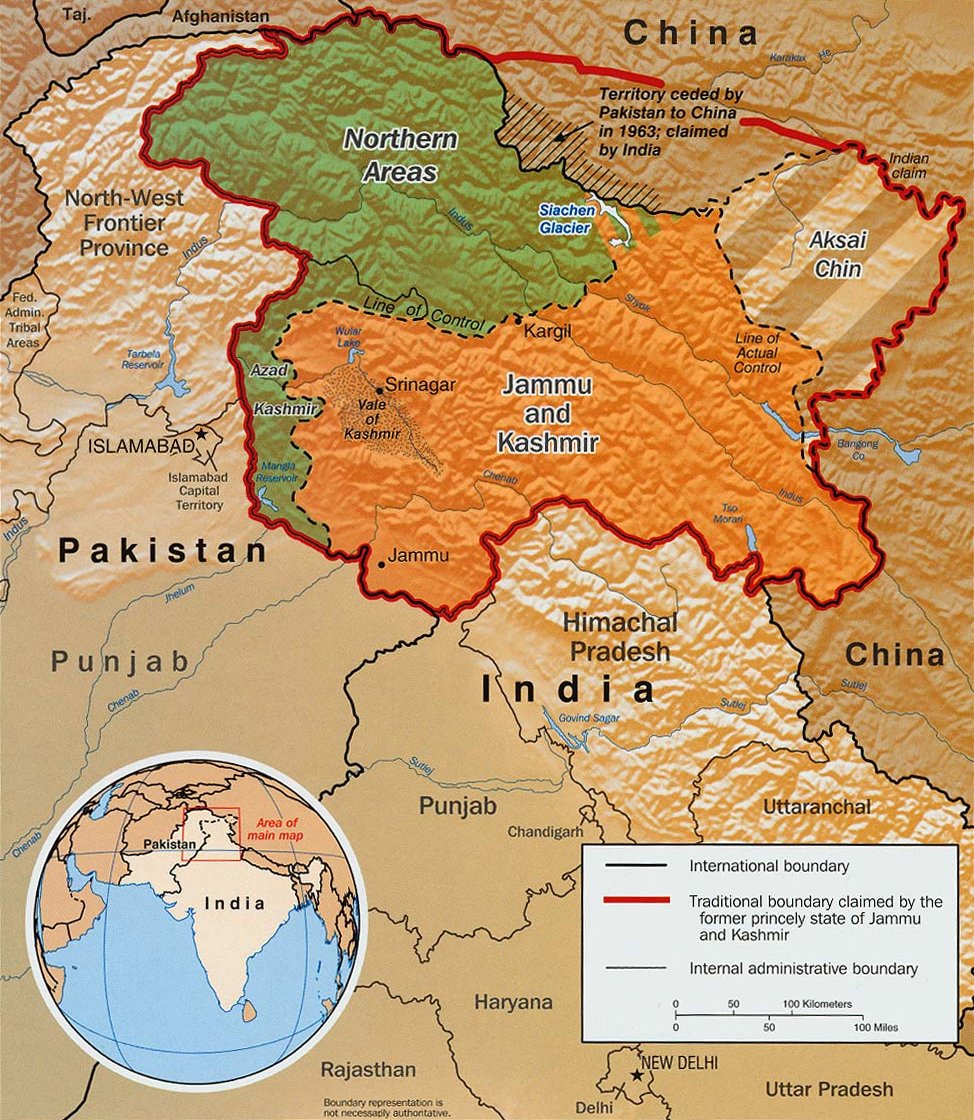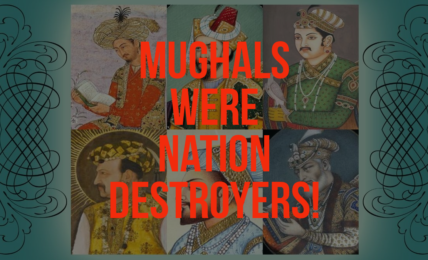Porous borders of Kashmir
Mr Jawahar Lal Nehru, where have you landed your own Kashmiri brethren – your own flesh and blood? What were you thinking? Did the political pressure of the British and their western allies weigh far heavier than your love for Kashmir and it’s people? You might be considered a great visionary by some but the decisions you made have had far-reaching and disastrous consequences for the future generations of Kashmir.




